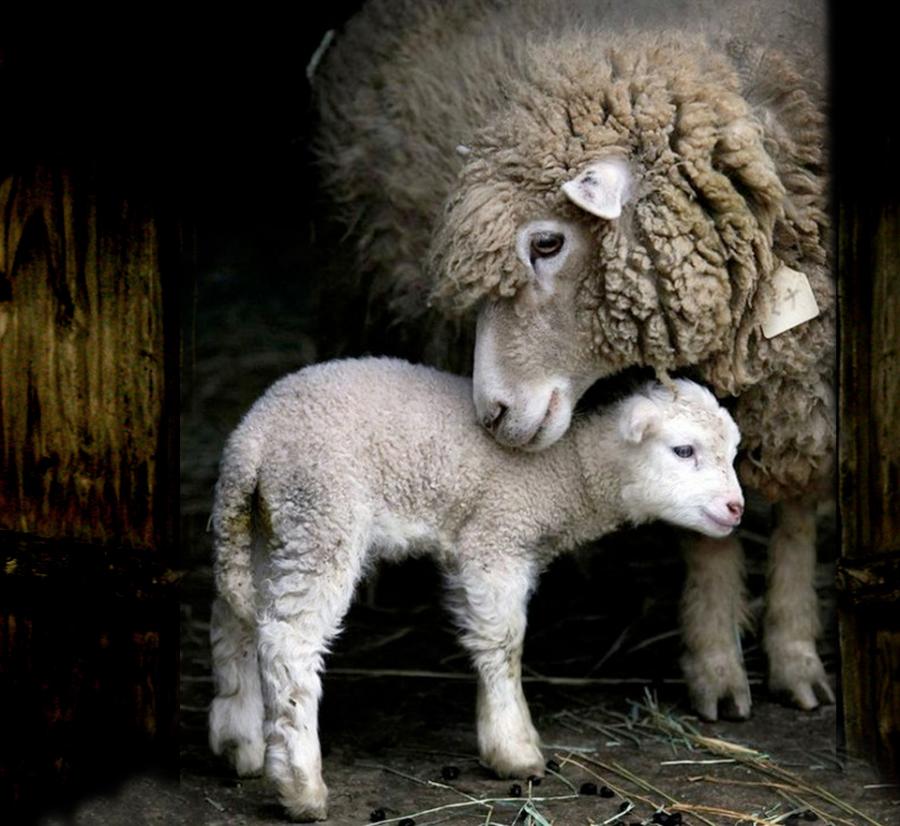The veggies are winning
You may occasionally see some figures showing the percentage of the population that is vegetarian or vegan and think that it’s not a very big proportion. It might not be a big percentage, but it’s very significant, because it’s growing and that means that the meat industry is in dire straits.
Forget about those heart-warming stories of the little farmer who loves his livestock to (their) death. The meat industry is mainly large corporations run by steely eyed technicians who are only focussed on making as much money as possible. And that’s why the relatively small number vegetarians and vegans have got them running scared.
Whenever people talk about the meat industry, they invariably describe it in terms of its turnover and say that it’s a multi billion pound/dollar/Euro industry. It can sound impressive, but from a business perspective, profit and return on investment are much more important.
Allow me to explain with a quick and dirty explanation of how business works. Let’s use a simple example: someone buys widgets from a wholesaler and sells them retail to individuals via the internet. In order to make a profit, they have to sell at a price that is higher than their cost price.
The cost price has two elements: variable costs and fixed costs. Variable cost is the actual amount they pay for the widgets. Fixed costs are the expenses of running a business that are incurred whether they sell anything or not: e.g. business premises, utilities, equipment, wages, insurance, business taxes etc.
Let’s suppose that the fixed costs are £40 per year and the widgets cost £40 for a hundred. That’s the variable cost. So the total cost for buying 100 widgets is £80 (the fixed cost plus the variable cost). Suppose that they are all sold for £1 each. The amount of money received, the turnover, is £100 and the profit is £20 (turnover minus cost). Great happiness ensues.
So the next year they buy one hundred again. However, what happens if instead of selling all one hundred widgets, they only sell ninety nine? The cost (£80) is the same, but the turnover is now only £99. So the profit is reduced to £19. Less happiness ensues.
The fall in turnover was only 1% (£1 out of £100) but the fall in profit was 5% (£1 out of £20). Five percent may not seem very much, but think how it would feel to you if your income was reduced by five percent?
And what about the next year if you sold even less? That is the problem facing the meat industry: sales are declining and not only are profits falling but the return on investment is as well. The return on investment is a measure of how efficiently money is being used: if you invest £100 and have a return of £20, all things being equal, it’s a better return on investment than if you invest £100 for a return of £10.
In the example above when one hundred widgets were sold the return on investment was 25%: a profit of £20 for an outlay of £80. When only 99 were sold the return on investment dropped to 23.75%: a profit of £19 for an outlay of £100. Eventually if sales were to continue to fall the return on investment would become so small that the smart money looks elsewhere.
Businesses can shrug off a fall in turnover, profit and/or return on investment if it happens infrequently, but if it becomes a regular event then the industry is doomed. At first they can compensate by making savings in their costs: bigger farms with fewer staff, more efficient fodder and feeding practices, breeding for faster growth etc. For example a few years ago most pig farms only had a few dozen animals, then farms of a few hundred started to appear. This made the smaller farms less profitable and they started to disappear. Now farms with a thousand or so animals are being built and the farms with “only” a few hundred animals will disappear.
This development is a double blow to the industry: the smaller farms need more staff than the bigger ones for a certain number of animals. So jobs are lost when they are replaced by bigger, more “efficient” ones. This means that from a political point of view, there is less incentive to protect the sector. In addition, when the farms with a few hundred animals were built, they were expected to be in operation for twenty years or more to provide a good return on the money invested in building them. If they are forced out of business earlier by bigger farms, then the moneymen aren’t going to be happy and they will either stop financing completely or they will ask for higher interest to compensate for the increased risk.
Cutting costs can only provide a temporary respite if demand keeps falling. It’s possible to stimulate demand by spending more on advertising, but that also starts to show diminishing returns.Looking for new markets is also a potential solution: many european producers are hoping that Asian countries will buy their products. However, China which is one of the biggest new markets is aware of the health issues associated with eating meat and in June 2016 sent out a health warning to its citizens encouraging them to eat less meat.
The reality is that the livestock industry is facing death by a thousand tiny cuts and it’s the vegans and the vegetarians aided by organisations for the protection of animals that are doing it. Every time someone gives up animal products even for just one meal it’s a tiny chip taken out of the turnover of the industry. And as we’ve seen above a small chip out of turnover is a bigger chip taken from profits and return on investment. The animal products sector won’t disappear because people stop eating their products: it will disappear when there is not enough money to be made to make it a worthwhile investment.
So our “job” as vegans and vegetarians is not necessarily to persuade people to become vegan or vegetarian: getting people to eat an alternative to animal products part of the time will be enough. For example Meatless Monday may seem like a gimmick, trivial and unproductive, but in fact if everyone did it, it would bring the meat industry to its knees. One day in a week means a fall in turnover of 14%. In the example above, that would mean selling only 86 widgets instead of 100: the profit would drop from £20 to £6. That’s a devastating fall in income. And the return on investment would fall from 25% to 7.5 % which would cause the investors to look elsewhere.
It's not only falling sales that are dooming the meat industry, but also more stringent animal welfare requirements. This is why the distinction between abolutionists who want to see the end of the meat industry and welfarists who want to improve conditions for animals in the meat industry is essentially meaningless. Improving conditions for the animals undoubtably increases the cost of meat production. This will naturally reduce profits, which reduces the attractiveness of the meat industry as a destination for investment.
So don’t lose heart when someone says that only a small proportion of people are vegan or vegetarian: we’re having a big impact on the money and every meatless meal and every more stringent regulation is another small nail in the coffin of the meat industry.

Photo : PEACEFUL PRAIRIE SANCTUARY
